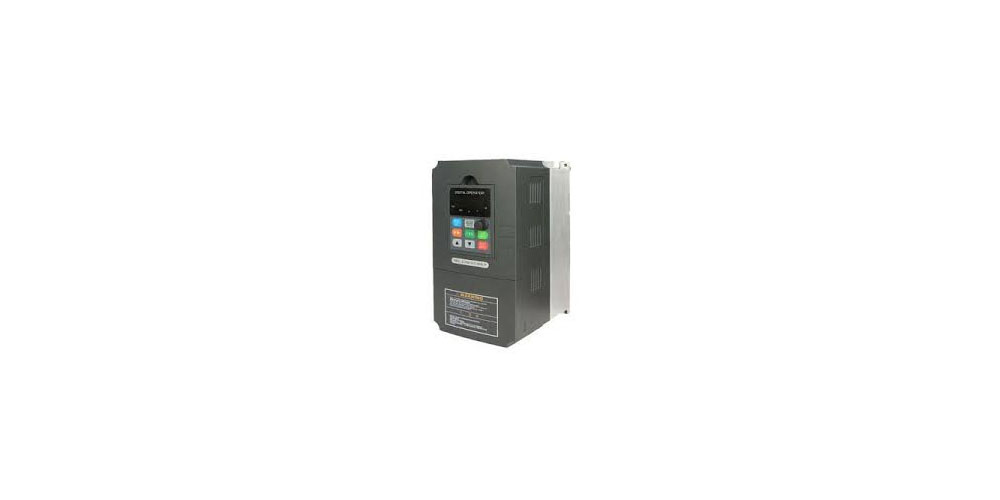Energy efficiency is the measure of how effectively energy is used in a process or system. Energy efficiency has been elevated to the top priority of industrial organizations in the modern world. Finding strategies to cut back on energy use and boost efficiency has received fresh attention as a result of rising energy prices and growing environmental concerns.
Variable speed drive (VSDs) are one solution that has been more well-liked in recent years for industrial applications. VSDs work by modulating the frequency and voltage of the input power to control the speed of the motor. Their contribution to increasing energy efficiency in industrial applications and their advantages to the sector will be discussed in this article.
Understanding Energy Efficiency in Industrial Applications
Energy efficiency is crucial in industrial applications since it directly influences the cost of manufacturing and the environmental impact of the process. Reducing energy use or improving process output while keeping energy input constant are two ways to increase energy efficiency.
Lighting, heating, cooling, and electric motors are the key energy consumers in industrial activities. Electric motors are one of the major energy consumers in industrial applications, and reducing their energy use can result in significant financial savings as well as environmental advantages.
How Variable Speed Drives Improve Energy Efficiency
Variable speed drives offer several benefits for improving energy efficiency in industrial applications. Some of the key benefits of using VSDs include:
Reduce Energy Consumption
Businesses can reduce their energy use by controlling the speed of their electric motors. VSDs enable motors to operate at their maximum practical speed, which reduces energy consumption and increases energy efficiency.
Improve Process Control
Electric motor speed may be precisely controlled by VSDs, enabling organizations to improve their processes for optimal productivity. Companies can vary the output of the process to fit the requirements of the application by adjusting the motor’s speed, which lowers energy consumption and boosts productivity.
Minimize Waste
Businesses may decrease the amount of waste generated through the process by applying VSDs that regulate the speed of electric motors. Businesses can reduce the amount of energy and raw materials needed to produce the desired product by streamlining the process, which results in less waste and greater sustainability.
Increase Equipment Life
VSDs can increase the lifespan of the equipment by regulating the speed of electric motors. VSDs decrease motor wear and tear by running the motors at their highest productive speed, lowering the risk of mechanical failure and extending the life of the apparatus.
Enhance Safety and Reliability
VSDs enhance dependability and safety in industrial applications. VSDs lessen the chance of overloading and overheating, which can result in equipment failure and safety risks, by managing the speed of electric motors. Additionally, VSDs provide soft start and stop capabilities that lessen the load on the machinery and increase system dependability.
Achieve Cost Savings
VSDs can result in significant cost savings for industrial organizations by lowering energy usage, streamlining the process, and extending the life of the equipment. The cost savings gained through the usage of VSDs can be invested back into the company or passed on to the customers, improving both profitability and competitiveness.
Compatibility with Renewable Energy Sources
Renewable energy sources like solar and wind power can be used with variable speed drives (VSDs). VSDs are simple to integrate with these sources, making it possible to control industrial operations more effectively and efficiently, lessen reliance on fossil fuels, and increase the environmental sustainability of industrial organizations.
Reduced Maintenance Costs
Variable speed drives (VSDs) can lower maintenance costs by lowering industrial equipment wear and tear. VSDs can increase equipment lifespan and decrease the need for regular maintenance and repairs, which can significantly affect the bottom line of industrial organizations. This is accomplished by enabling more exact control of equipment speed.
Conclusion
Variable speed drives have a lot to offer in terms of increasing energy effectiveness in industrial applications. As energy costs continue to rise, and environmental concerns become more pressing, companies need to invest in VSDs and other energy-efficient technologies to remain competitive and sustainable.




